Grade 2 cervical spine tumors require specialized treatment. With the development of this pathology, the integrity of the intervertebral discs is disrupted, and the distance between them also decreases. Of all the forms of osteonecrosis, cervical is the most common. The neck is mobile, in this respect it is constantly under pressure. The early stages of bone resorption are normally tolerated. Launch - brings with it a great threat to health.
Why does cervical spondylosis occur?
The causes of cervical osteonecrosis are many. Pathology can develop in people who lead a sedentary lifestyle. The veins pass through the vertebrae of the cervical region, supplying blood to the blood vessels of the brain. SHOP Osteoarthritis usually occurs due to increased stress in the neck. Grade 1 spondylolisthesis occurs in young and old people. It's not age that matters, but lifestyle and body characteristics.
Grade 2 cervical fibroids are common in adolescents. In medicine there is a concept of "adolescent osteonecrosis". The common cause of 1. 2-degree osteonecrosis is head misalignment. As this disease develops, the pulp of the tooth breaks down. The type of osteonecrosis depends on the apparent extent of the rupture. Untimely treatment of osteonecrosis of the first degree leads to the progression of the pathological process. In the third stage of the disease, a degenerative-dystrophic process is evident: the patient is more often worried about pain in the back and neck.
Features of the first stage
With 1st degree cervical osteonecrosis, the pathological process extends to the muscles. The initial stage is characterized by the formation of cracks in the annular fibers. It is made up of collagen fibers.
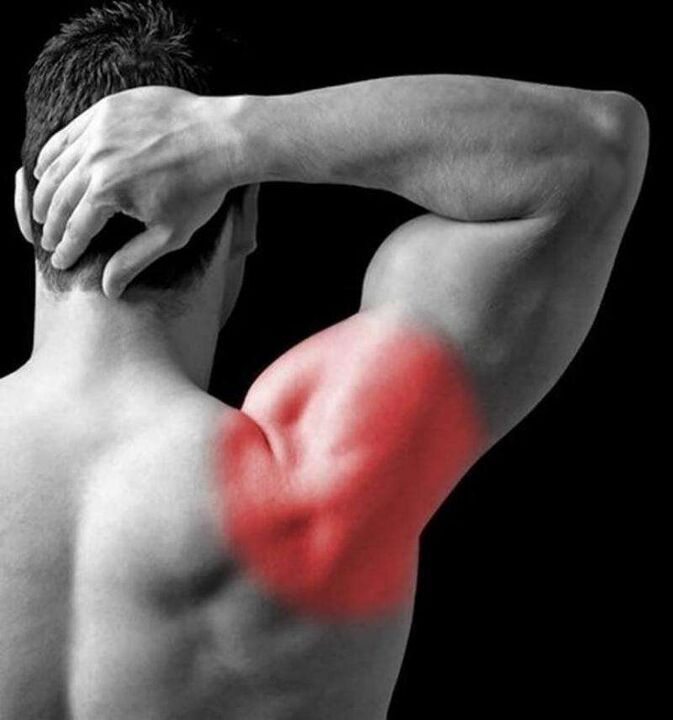
Grade 1 osteosarcoma of the cervical spine leads to unpleasant symptoms:
- The first stage of osteonecrosis is characterized by pain in the back of the head. Some people have swelling. With grade 1 fibroids, severe cramping pain may occur.
- If a person has been diagnosed with cervical spondylosis, he needs to see an ophthalmologist. Pupils may be dilated.
- Grade 1 cervical fibroids often lead to Wright syndrome. If the patient puts his hand behind his head, the pain will increase.
- Cervical pain syndrome usually develops at the onset of the disease. The inflammation in this case affects the muscles. The progression of cervical pain syndrome is associated with abscess. A person begins to feel neck pain, the mobility of the joints is limited.
- In the early stages, a syndrome of the anterior squamous muscle may appear, in its case the subclavian artery is affected.
How is the treatment done? The goal of therapy is to repair pulp fractures and prevent unpleasant symptoms. Treatment of osteonecrosis of the cervical spine is performed surgically. Postoperative time is 7 days. Over a month or two, the stitches gradually come together.
To ensure disease prevention, you need to wear a special type of collar, which is worn around the neck. Doctors recommend using calcium gluconate solution. The remedy helps to heal the wound.
What happens in the second stage of the disease?
Osteoma of the second degree cervical spine develops with ineffective treatment in the early stages. Inflammatory reactions become pronounced, the intervertebral discs decrease.
Grade 2 cervical osteolysis leads to the formation of osteoclasts. These are bone processes that form against the background of dehydration.
Stage 2 cervical necrosis can last 4–5 years. The disease is in remission periodically and gets worse. A characteristic feature of the disease is falling head syndrome.
Manual therapy. The aim is to provide the cervical muscles with normal fixation. Depending on the situation, orthopedic treatment (joining the vertebrae) may be indicated. Drug treatment is required. Calcium chloride is prescribed to eliminate pain. Recommended corrective exercise: 30 minutes a day. The main load should be placed on the joints.
How does the third stage manifest?
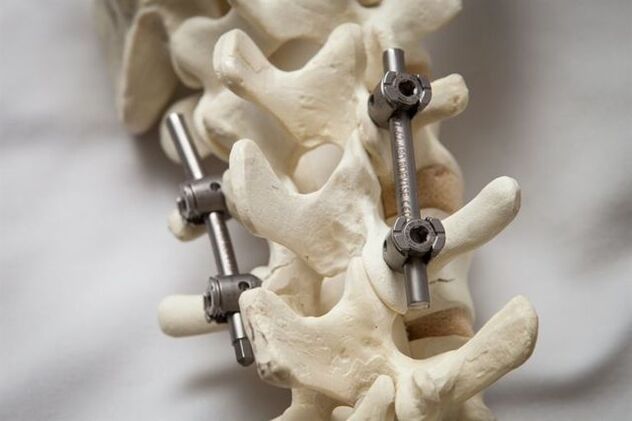
Treatment of grade 3 osteonecrosis is quite difficult. With this disease, the structure of the intervertebral discs is changed.
Pathological processes involving tissues and joints:
- The vertebral body is torn, with typical signs of disc herniation. The patient begins to feel severe pain in the back, neck, and limbs. The degenerative-dystrophic reaction affects a large part of the neck.
- Grade 3 cervical spine tumor is characterized by vestibular disorders. Periodically, a person experiences pain in the temples. Some patients may lose partial consciousness.
- The danger of stage 3 disease is that it leads to endocrine pathology. Therapy involves the operation and use of manual techniques. At the third stage of cervical osteonecrosis, the drug is not prescribed.
- The patient may have multi-segment osteonecrosis. With this disease, segments of the cervical spine are affected, shoulder mobility is impaired, and pain in the elbow appears.
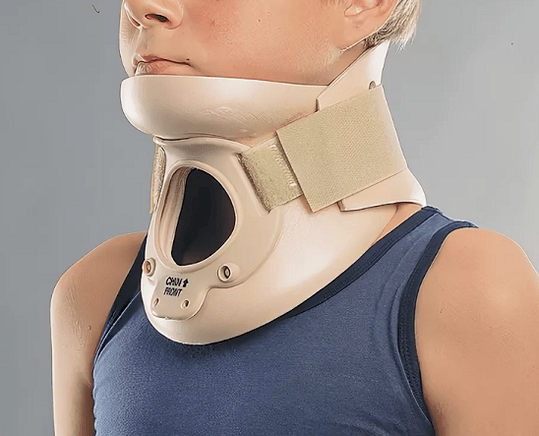
To restore the function of the spine, you need to wear a neck brace.
Illness syndrome
Cervical fibroids are associated with the following syndromes:
- Vertebral spondylosis occurs when cartilage and bone tissue are involved in the pathological process. Neck mobility is impaired. If a person tries to turn the head to the side, pain will appear in the occipital region of the neck. The vertebrae undergo morphological changes that can be seen on radiographs. The symptoms of a syndrome are interrelated. An important sign of vertebral syndrome are morphological changes in the tissues and bone structure of the cartilage. This syndrome is difficult to diagnose. A similar symptom complex is present with myositis.
- Vertebral artery syndrome is another manifestation, which can occur regardless of the degree of cervical spondylosis. Pathological process affecting the arteries supplying the brain. Periodically, there is a feeling of dizziness. Dizziness is a symptom of vertebral artery syndrome. Blood pressure may spike, periodically feeling nauseous, vomiting. Nerve endings are irritated, for this reason headaches occur. With vertebral artery syndrome, fainting, oxygen starvation is possible. The disease is accompanied by the deposition of atherosclerotic plaques on the walls of blood vessels.
- Cardiac syndrome is manifested by pain in the sternum. Observed rapid loss of appetite and decreased performance. Heart rate becomes rapid. Diagnosis involves angiography and functional tests. Lens syndrome is associated with damage to the spinal nerves. It is one-way. With lens syndrome, neck pain is observed, combined with paralysis.
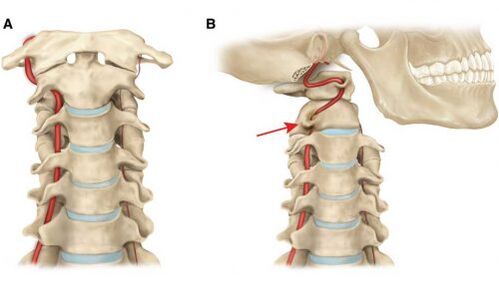
It should be noted that bone resorption leads to damage to a large number of vertebrae.
What is thoracic osteonecrosis?
Thoracic osteosarcoma detected in young and old: age does not matter. Pathology leads to degenerative-dystrophic changes in the cartilage and bone structure. Late treatment entails a violation of the structure of ligaments, joint capsule, discs. In the advanced stage, necrosis of the thoracic bone leads to destruction of the discs.
Complications of the disease can be:
- pulmonary fibrosis;
- dry;
- malignant formation.
If the disease develops in a young person, the musculoskeletal system will age prematurely. The function of cartilage structures and tissues is significantly impaired.
Clinical Manifestations and Causes
- With the development of this pathology, chest pains appear. They occur in a calm position and while driving. The feeling of discomfort increases after lifting weights, turning quickly.
- The disease is manifested by squeezing the back. Breathing is impaired due to this problem.
- Chills may occur.
- Some people complain of peeling skin, thinning of the nail plate.
The disease is associated with pathological reactions in the intervertebral discs. It can be inherited. One predisposing factor is the failure of the intervertebral discs. In some people, the disease is diagnosed on the basis of osteoblasts. The reason may be due to lack of physical activity or vice versa, due to inactivity.
Therapeutic activities
If there are no neurological symptoms, complex treatment is still required. Therapy cannot be delayed, otherwise destruction of the discs will occur.
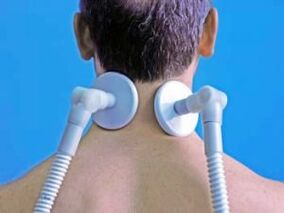
Before starting treatment, it is necessary to make a diagnosis. If a person has identified at least one of the above symptoms, he needs to see a neurologist. The doctor will examine and examine the chest area. Palpable herniated discs. If the doctor finds any, he will prescribe an additional examination. X-ray required. The MRI procedure allows you to study the musculoskeletal system and identify tumors.
The treatment depends on the degree of osteonecrosis of the breast; it starts after the diagnosis is confirmed. Doctors prescribe drugs to help relieve pain and restore function of the musculoskeletal system. To treat this pathology, it is necessary to inject drugs, exercise physiotherapy, exercise physiotherapy. Additional procedures - magnetic therapy, vacuum therapy, physiotherapy exercises.
Daily exercise has a complex effect on the body, improving the functioning of the musculoskeletal system and the respiratory system. Massage reduces pain severity, increases muscle tone, reduces fatigue, and improves blood circulation in tissues. The procedure is performed by an experienced specialist.
Conclusion
How many years can you live with osteonecrosis of the cervical and thoracic spine? The disease is not life-threatening, but its symptoms cause serious discomfort. The clinical picture of the disease is variable: it all depends on the effectiveness of the therapy.














































